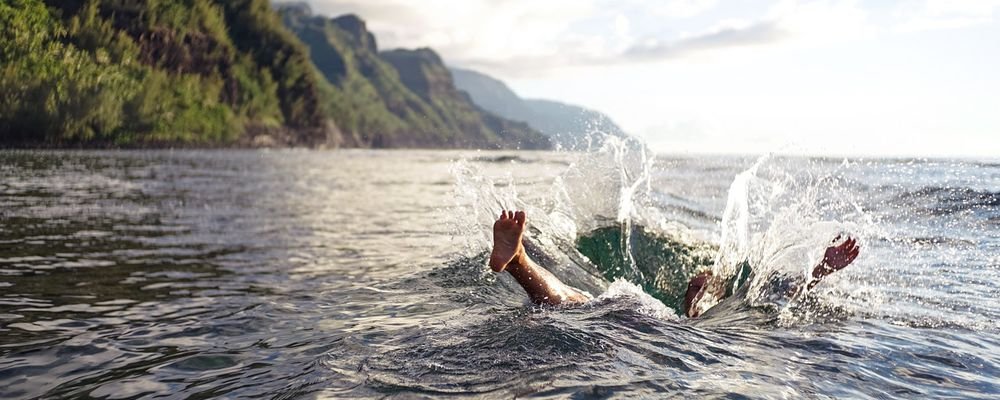Whether you’re travelling to a tropical beach resort or an idyllic countryside location, chances are that you enjoy getting into the water as part of your travels. With wild swimming in lakes, rivers, waterfalls and the sea becoming more and more popular, we’re sharing our top safety tips for anyone planning on taking the plunge.
Check your exits
Never get into an open body of water without considering how you will get back out. Always know your exit points and be aware of any risks – such as ensuring you are wearing water shoes if there are sharp rocks to navigate when exiting the water.
Be sensible
Don’t take risks. Swim with a friend (never on your own) and be cautious about getting into the water. If anything looks dubious or dangerous – algae on the surface of the water, hazards such as large rocks or big waves – don’t get in.
Check before jumping
Never jump into water without first thoroughly checking the depth and making sure there aren’t any obstacles or debris. Even if other people are jumping, check for yourself before making the leap.

Beware of currents and tides
Especially in the sea, be aware of currents and tides. Know what a riptide is and what to do if you are caught in one. Make sure that you are confident at treading water and floating in case you are caught in a current.
Be respectful of cold water
Know your limits when it comes to swimming in cold water. Build up tolerance and get used to swimming in cold temperatures or enter cold water slowly to avoid cold water shock. Don’t stay in the water for too long. If you start shivering or your limbs feel numb, get out of the water and warm yourself up immediately.
Make sure you are properly equipped
If you’re planning on swimming in hot climates, you probably don’t need any kit other than your swimwear and perhaps a pair of water shoes – but if you’re hoping to swim in cold climates or lakes and rivers, you may require extra kit. Look into purchasing wetsuits, rash vests, swim caps, gloves or tow floats, depending on where you plan on swimming and how long you plan on staying in the water for.
Don’t get out of your depth
Know your limits. Even if you’re a strong swimmer, if you’re planning on swimming far from shore or for long distances, make sure you are equipped with a wetsuit and tow float. If you aren’t a confident swimmer, stay close to shore and don’t get out of your depth.
Emma Lavelle is a UK based writer and photographer and has her own blog Field and Nest.















